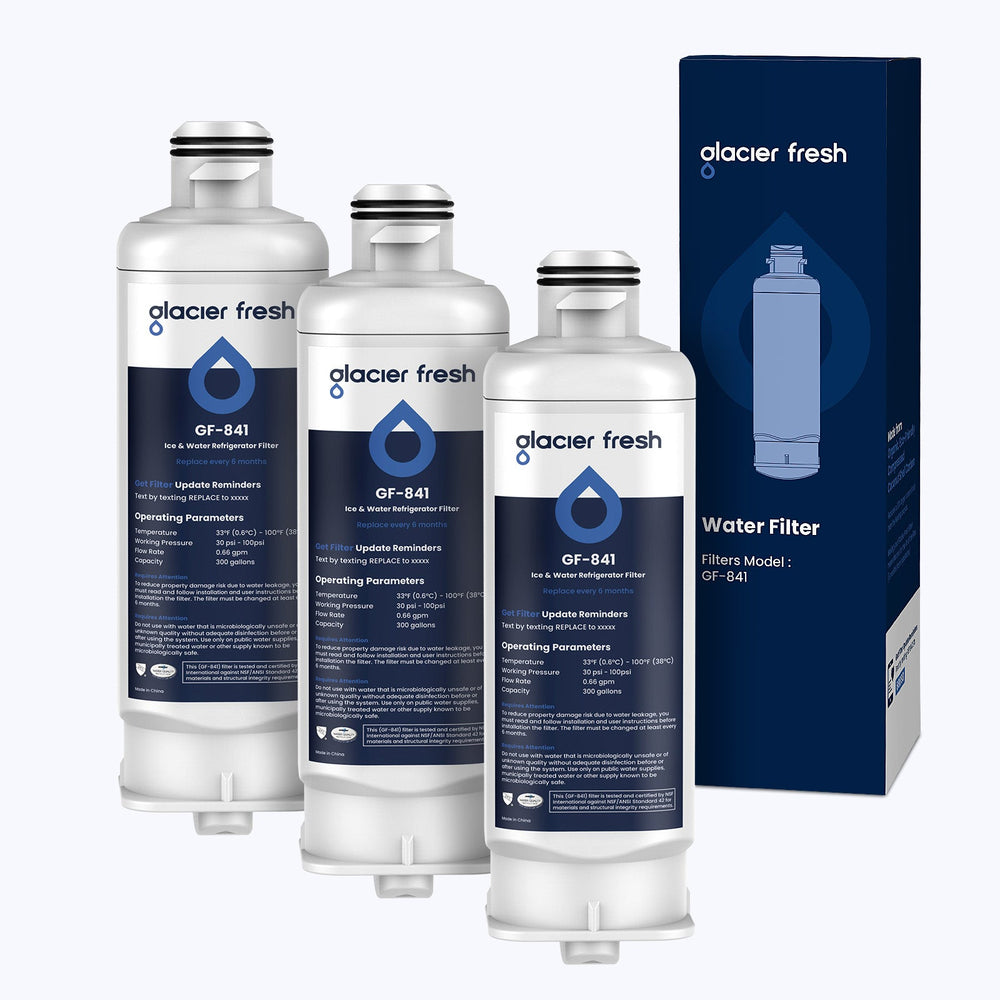Water is essential for life, but did you know that its flavor can vary significantly based on its source? This is where water flavor correction comes into play. Understanding the science behind this process can help you enjoy a more pleasant drinking experience.

What is Water Flavor Correction?
Water flavor correction refers to the techniques used to improve the taste of water by removing undesirable flavors and odors. These flavors can stem from various sources, including minerals, chemicals, and even organic matter. Have you ever noticed a metallic taste in your tap water? This could be due to high levels of iron or copper, which can be corrected through specific treatment methods.
Common Techniques for Water Flavor Correction
- Filtration: This method uses physical barriers to remove impurities. Activated carbon filters are particularly effective at eliminating chlorine and other chemicals that affect taste.
- Reverse Osmosis: This advanced technique forces water through a semi-permeable membrane, removing a wide range of contaminants, including dissolved solids that can alter flavor.
- Ion Exchange: This process replaces undesirable ions in water with more acceptable ones, often used to soften hard water, which can have a bitter taste.
- UV Treatment: Ultraviolet light can kill bacteria and viruses, ensuring that your water is not only tasty but also safe to drink.
Why is Water Flavor Correction Important?
Improving the taste of water is not just about preference; it can also impact hydration and overall health. When water tastes good, people are more likely to drink adequate amounts, which is crucial for maintaining hydration. Additionally, certain contaminants can pose health risks. Therefore, understanding and implementing water flavor correction techniques can lead to both better taste and safety.
How to Choose the Right Water Treatment System
When selecting a water treatment system, consider the following factors:
- Water Source: Identify whether your water comes from a well, municipal supply, or another source.
- Contaminants: Test your water to determine which impurities are present.
- System Type: Choose a system that effectively addresses your specific water quality issues.
- Maintenance: Consider how easy it is to maintain the system and replace filters.
For those looking for high-quality filtration options, check out  for a range of products designed to enhance your water quality.
for a range of products designed to enhance your water quality.
Conclusion
In conclusion, water flavor correction is a vital process that can significantly enhance your drinking experience. By understanding the techniques available and their importance, you can make informed decisions about your water treatment options. Whether through filtration, reverse osmosis, or other methods, improving the taste of your water is achievable and beneficial.








